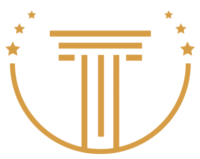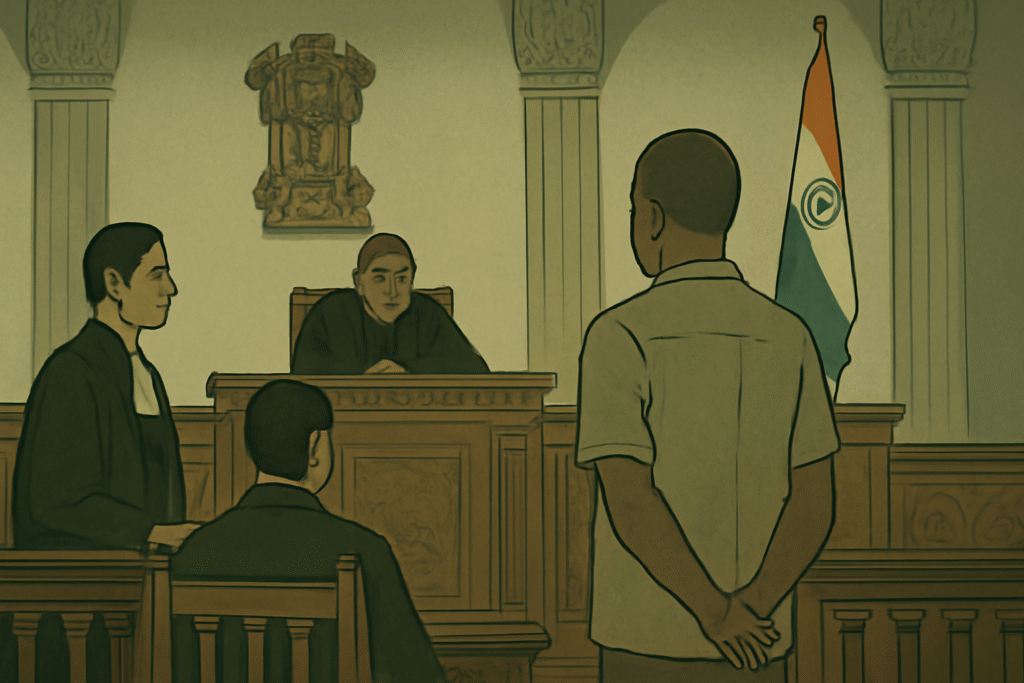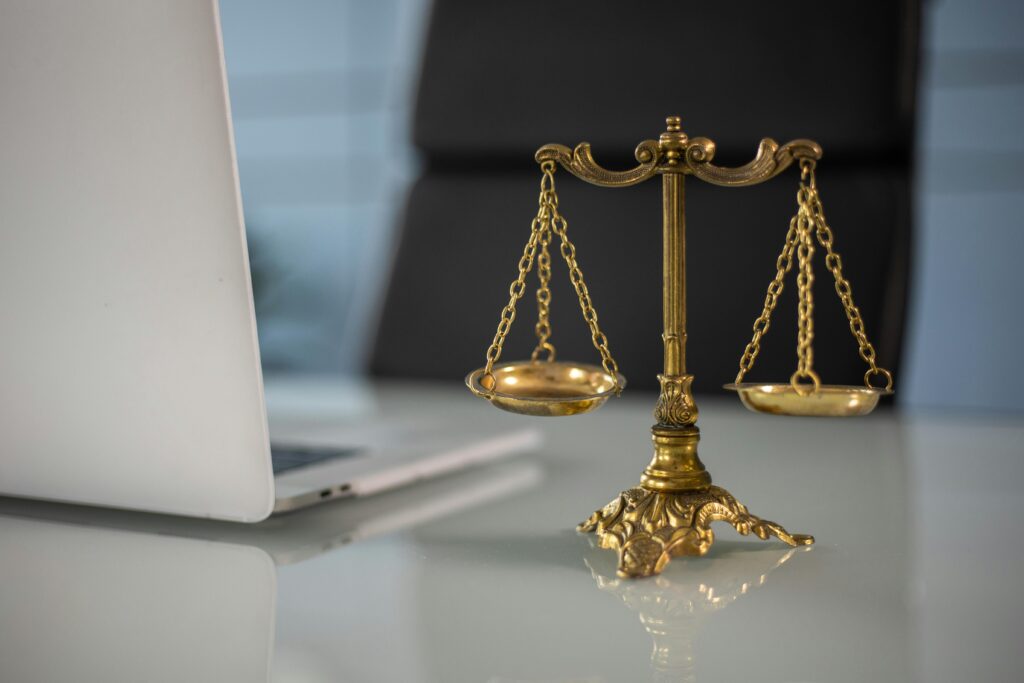Published on 08th June 2025
Authored By: Shewit Hadgu Assefa
Raya University
Abstract
Social media is one method of communication, and the rise of social media has drastically changed the communication landscape, giving individuals a platform for free expression. However, this unprecedented freedom comes with significant responsibilities. Challenges such as misinformation, hate speech, racism, and cyberbullying have prompted discussions on how best to regulate social media while ensuring freedom of speech. This article examines the legal frameworks surrounding social media regulation and dives into the critical balance between every individual’s right to speak freely and the need to maintain a safe online environment. The analysis pinpoints the tensions within current systems, reflects on the responsibilities of both social media platforms and users themselves, and suggests that an informed and balanced approach can promote a healthier online community.
Introduction
In recent years, social media platforms have become essential to modern communication, fundamentally reshaping how we connect and share information. Websites like Facebook, Telegram, WhatsApp, Twitter, and Instagram empower users to instantly express their thoughts, opinions, and creativity to a global audience.[1] This democratization of expression represents a significant advancement in how people engage with one another and access diverse viewpoints.[2] However, this shift also brings a multitude of challenges that cannot be overlooked. The rapid spread of misinformation, the rise of online harassment, and the proliferation of extremist content are just a few serious issues that have emerged in this evolving landscape.[3] As these platforms continue to grow in influence, addressing these challenges becomes increasingly critical. Ensuring that the benefits of social media do not come at the expense of safety and civility is essential for fostering a healthy online community.[4]
As lawmakers around the world attempt to address these challenges, the question remains: How do we regulate social media without infringing upon the fundamental human rights, especially the right to free speech and other rights? This article seeks to explore the nuances of social media regulation, the legal frameworks currently in place, and the implications for both freedom and responsibility in the digital age.
The Legal Framework for Social Media Regulation
Legal perspectives on social media regulation vary widely across different countries, reflecting diverse approaches to freedom of expression and content management.[5] In the United States, for example, the First Amendment offers strong protections for free speech, allowing individuals to express themselves without government interference.[6] However, this constitutional right also means that private companies, such as social media platforms, have the authority to establish their own rules regarding content moderation. While this framework fosters a marketplace of ideas, it raises significant concerns about the potential for overreach by these platforms.[7] Their moderation practices may inadvertently censor legitimate voices and opinions, leading to a chilling effect on free expression.[8] Striking the right balance between protecting users from harmful content and ensuring that diverse perspectives are heard is a complex challenge that requires ongoing dialogue and careful consideration.
On the other hand, many countries in Europe have embraced more assertive regulatory frameworks to address the challenges posed by social media.[9] Initiatives like the European Union’s Digital Services Act (DSA) hold platforms accountable for managing illegal content, thereby fostering a safer online environment while still upholding users’ rights.[10] These regulations reflect a growing recognition that, despite the fundamental right to free speech, there is also a responsibility to mitigate harm. By imposing clear obligations on social media companies to monitor and address harmful content, the DSA aims to create a more balanced approach that protects users while ensuring that diverse voices can still be heard.[11] This proactive stance illustrates how regulatory measures can effectively navigate the delicate interplay between freedom and accountability in the digital age.
Looking at specific countries provides further insight into how social media regulation is handled, with Germany’s Network Enforcement Act (NetzDG) serving as a prime example of proactive legislative action. Enacted in 2018, this law mandates that social media platforms take swift action to remove hate speech and other illegal content within a defined timeframe, typically 24 hours for obvious violations. [12] If platforms fail to comply, they face significant fines that can reach up to €50 million depending on the severity of the offense.[13] This regulatory framework reflects Germany’s commitment to combating hate speech, particularly in light of its historical context regarding free expression and the consequences of unchecked hate.[14] The NetzDG not only emphasizes the responsibility of social media companies to monitor and manage user-generated content actively, but it also establishes a clear expectation for accountability.[15] However, the law has sparked debates about potential overreach and concerns regarding censorship, as platforms may err on the side of caution and remove content that, while controversial, may not necessarily violate the law.[16] This tension highlights the ongoing challenge of regulating social media effectively while respecting individual rights.
In Ethiopia, the government has been actively crafting and implementing regulations aimed at controlling the spread of false information and harmful speech, particularly in the context of ongoing political unrest.[17] This initiative reflects a growing recognition of the challenges posed by unregulated online discourse, especially in a nation where ethnic tensions and political divisions can escalate rapidly.[18] The government’s intentions behind these regulations may stem from a genuine need to safeguard public safety and maintain social order during turbulent times. However, critics express significant concerns about the potential for abuse of these regulations. This delicate balance between ensuring safety and protecting free speech is a contentious issue, raising important questions about the role of the state in regulating online communication and the implications for democracy in Ethiopia.
The Implications of Regulation on Free Speech
One of the most significant issues emerging from social media regulations is the chilling effect on free speech. Users may hesitate to express themselves if they believe their content could be flagged or removed, leading to self-censorship.[19] This can diminish public discourse and result in a uniformity of opinions, where only the safest views are shared.[20] This concern is particularly acute in regions with restrictive government regulations, where efforts to maintain order can inadvertently stifle diversity in public dialogue.[21] The chilling effect not only undermines individual expression but also limits the range of perspectives essential for a healthy democratic society.
2. The Role of Content Moderation
Content moderation is a practice that many social media platforms implement to manage harmful posts and ensure user safety. While this practice is essential for creating a secure online environment, the methods employed—such as automated algorithms and human moderators—often invite scrutiny.[22] Algorithms, while efficient, are not infallible; they frequently struggle to identify nuanced cases and may erroneously flag benign content as harmful.[23] On the other hand, human moderators, who are tasked with making judgment calls, may inadvertently apply personal biases in their decisions, leading to inconsistent enforcement of community guidelines.[24] These factors contribute to a landscape where users can feel that their voices are misunderstood or misrepresented. As a result, concerns about transparency arise, with many users questioning how moderation decisions are made and whether they are fair, ultimately impacting their willingness to engage freely on these platforms.[25]
3. The Role of Content Moderation (Continued)
Content moderation is a necessary process for maintaining safety on social media platforms, but it also presents unique challenges. As these platforms strive for efficiency, automated systems may misclassify benign content as harmful, resulting in erroneous removals that frustrate users.[26] Conversely, when human moderators are responsible for deciding what content to keep or take down, there is a risk of inconsistency and potential bias in their judgments.[27] This inconsistency can lead to perceptions of unfairness, prompting users to voice their frustrations over the opacity of moderation practices. Consequently, transparency in how platforms manage content is essential for building trust among users.[28] Clear communication about moderation policies, decision-making processes, and avenues for appeal can help users feel more confident in the fairness of the system, ultimately fostering a healthier online community.[29]
The Responsibilities of Social Media Platforms
Social media platforms have a crucial responsibility to care for their users, which means ensuring a safe online environment that is free from harassment and harmful content. This responsibility involves developing strong content moderation practices to protect users from damaging material, like hate speech or misinformation.[30] When platforms fail to effectively tackle these issues, it can lead to serious real-world consequences, such as increased harassment and even violence.[31] By prioritizing user safety, social media companies can help create a healthier online community, where positive and constructive interactions can take place.
2. Transparency and Accountability
Accountability and transparency are essential for ensuring that social media platforms fulfill their duty of care to users. This involves providing clear guidelines on what constitutes unacceptable behavior and outlining the processes for moderating content. Moreover, platforms should enable users to appeal moderation decisions, which helps create an environment where individuals feel their voices are heard and can challenge unfair actions. [32]Engaging users in discussions about content guidelines can further promote a sense of shared responsibility in upholding community standards, making the online space more inclusive and respectful.[33]
The Role of Users in Maintaining a Healthy Online Environment
While social media platforms hold significant responsibilities for user safety and content moderation, users themselves play an equally vital role in cultivating a healthy online environment. One of the key ways to achieve this is by increasing digital literacy among users.[34] Educating individuals about how to recognize misinformation, verify sources, and understand their rights is essential for empowering them to navigate the complexities of social media effectively. When users are equipped with these skills, they are more likely to engage thoughtfully and responsibly with the content they encounter. This proactive approach not only encourages meaningful discussions but also helps individuals resist the temptation to react impulsively to incendiary posts. By fostering a culture of informed engagement, we can contribute to a more respectful and constructive online community where diverse perspectives can thrive.[35]
Social media platforms frequently establish community standards to promote respectful interactions among users.[36] However, it’s crucial for users to feel a sense of ownership over these guidelines.[37] When individuals actively participate in discussions about community standards, they contribute to shaping a culture that prioritizes respect and understanding. This collaborative approach not only empowers users but also fosters a greater sense of belonging within the online community.[38] Encouraging users to report harmful content and engage in positive dialogue helps create a supportive environment where everyone feels valued.
Conclusion
Regulating social media presents a complex challenge that requires a careful balance between upholding freedom of expression and ensuring safety and accountability for users. As the digital landscape evolves at a rapid pace, it’s essential for all stakeholders—policymakers, social media platforms, and users alike—to engage in constructive dialogue. This collaborative effort is crucial for effectively navigating the myriad issues that arise, such as misinformation, harassment, and privacy concerns. By fostering open communication and understanding among these groups, we can work towards solutions that not only protect individual rights but also promote a safer online environment. Ultimately, a shared commitment to this dialogue will help us create a more equitable and responsible social media ecosystem.
By prioritizing transparency, accountability, and education, we can move toward a more responsible and equitable online environment. As we progress, fostering a culture of mutual respect and accountability on social media will be vital for maintaining the integrity of public discourse in our increasingly connected world. Encouraging open conversations and promoting digital literacy will empower users to engage thoughtfully, ensuring that diverse voices are heard and respected. Ultimately, this commitment to respectful dialogue will help shape a healthier online landscape for everyone.
References
[1] A Smith, Social Media Law (2nd edn, Oxford University Press 2022)
[2] L Johnson, Freedom of Expression in the Digital Age (1st edn, Cambridge University Press 2023).
[3] M Brown, The Dark Side of Social Media (2nd edn, Oxford University Press 2022).
[4] T Green, Navigating Social Media Safely (1st edn, Routledge 2021).
[5] R Lee, Global Perspectives on Social Media Regulation (1st edn, Palgrave Macmillan 2022).
[6] J Smith, The First Amendment and Its Implications (3rd edn, Harvard University Press 2023).
[7] A Johnson, Content Moderation and Free Speech (1st edn, Yale University Press 2022).
[8] M Taylor, The Effects of Content Moderation on Free Speech (1st edn, Oxford University Press 2023).
[9] S Müller, Regulating Social Media in Europe (1st edn, Cambridge University Press 2021)
[10] R Smith, The Digital Services Act: Balancing Regulation and Rights (1st edn, Routledge 2023)
[11] L Johnson, The Digital Services Act and Its Implications (1st edn, Palgrave Macmillan 2023).
[12] K Weber, Germany’s NetzDG: A Model for Social Media Regulation (1st edn, Springer 2020).
[13] Ibid.
[14] M Schmidt, Hate Speech and the Law in Germany: Historical Perspectives and Modern Challenges (1st edn, Routledge 2021)
[15] K Weber, Germany’s NetzDG: A Model for Social Media Regulation (1st edn, Springer 2020).
[16] A Johnson, Content Moderation and Legal Responsibilities (1st edn, Oxford University Press 2022).
[17] T Abebe, Regulating Speech in Ethiopia: Challenges and Opportunities (1st edn, Addis Ababa University Press 2023).
[18] Ethiopia’s Government Moves to Curb Hate Speech Online Amid Political Tensions.” Al Jazeera, 2023. Available at: www.aljazeera.com.
[19] L Smith, ‘Self-Censorship in the Digital Age: Implications for Freedom of Expression’ (2023) 22 Media Law Review 45.
[20] The Consequences of Censorship on Public Discourse,” Article 19 (2023) https://www.article19.org/resources/consequences-censorship-public-discourse accessed 16 April 2025.
[21] E Green, ‘Regulatory Frameworks and the Challenges of Public Discourse in Authoritarian Regimes’ (2023) 12 Global Journal of Politics 150.
[22] “The Challenges of Content Moderation in Digital Spaces,” Electronic Frontier Foundation (2023) https://www.eff.org/deeplinks/2023/01/challenges-content-moderation-digital-spaces accessed 16 April 2025.
[23] R Smith, Algorithms and Accountability: The Ethics of Machine Learning (Oxford University Press 2022)
[24] A Lee, ‘Bias in Human Moderation: An Analysis of Content Moderation Practices’ (2023) 28 Journal of Internet Law 45
[25] L Roberts, Fairness and Transparency in Digital Platforms (Routledge 2022)
[26] T Green, ‘The Dangers of Automation in Content Moderation’ (2023) 19 Journal of Technology Law 67.
[27] Challenges of Human Content Moderation,” Tech for Good (2023) https://www.techforgood.org/challenges-human-content-moderation accessed 16 April 2025.
[28] R Lee, ‘Building Trust Through Transparency in Online Platforms’ (2023) 25 Journal of Digital Trust 34
[29] K Robinson, ‘The Role of Communication in User Trust and Content Moderation’ (2023) 31 Journal of Internet Policy 56.
[30] “The Duty of Care in Social Media: Ensuring User Safety,” Social Media Policy (2023) https://www.socialmediapolicy.org/duty-of-care-user-safety accessed 16 April 2025.
[31] R Thompson, Online Harassment and Its Effects (Oxford University Press 2022).
[32] A Johnson, ‘The Importance of Appeal Processes in Online Content Moderation’ (2023) 24 Journal of Internet Law 102.
[33] “Community Engagement in Content Moderation,” Tech Engagement (2023) https://www.techengagement.org/community-engagement-content-moderation accessed 16 April 2025.
[34] M Carter, ‘Enhancing Digital Literacy: A Pathway to Safer Online Communities’ (2023) 35 Journal of Information Technology 50.
[35] T Robinson, Engagement and Respect in Online Discourse (Palgrave Macmillan 2022).
[36] L Brown, ‘The Role of Community Standards in Shaping User Interactions on Social Media’ (2023) 18 Journal of Digital Ethics 65.
[37] Ibid.
[38] K Taylor, ‘Empowerment and Belonging: The Role of Collaborative Approaches in Online Spaces’ (2023) 30 Journal of Community Engagement 112




